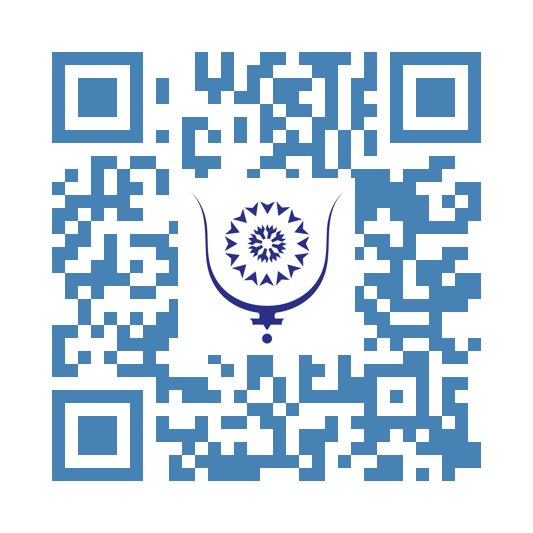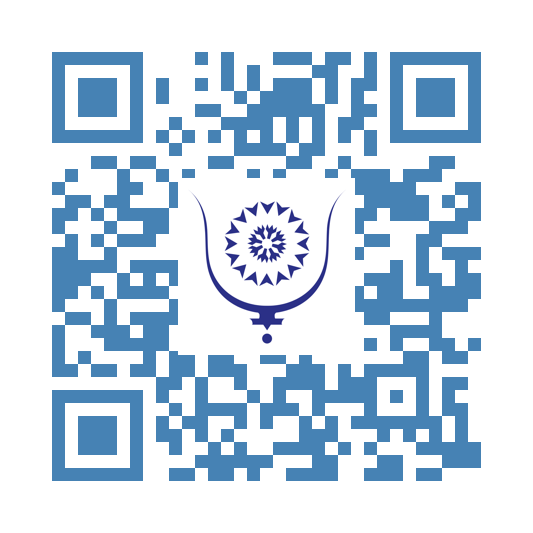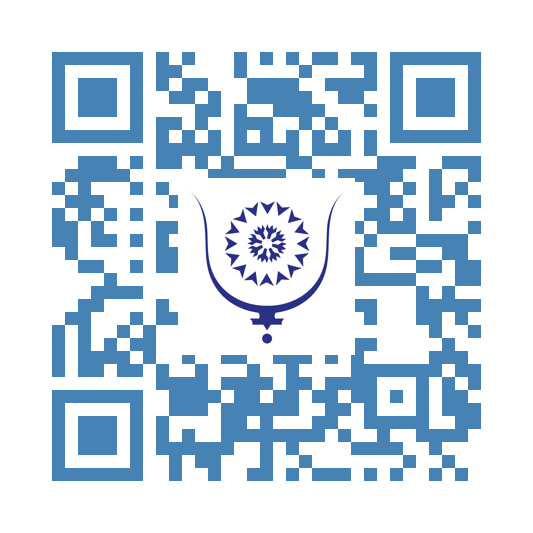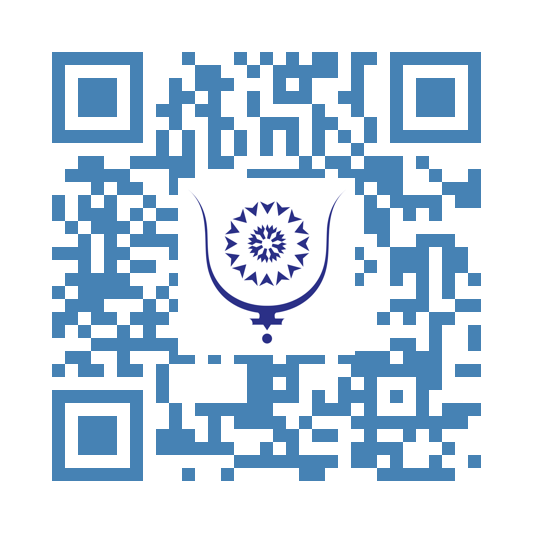DROIT DU SPORT (LEX SPORTIVA) AU MAROC ÉTAT DES LIEUX, ÉVOLUTION ET PERSPECTIVES 1597
Je tiens à rappeler tout d’abord que Le développement du sport pour tous et le soutien aux sportifs de haut niveau et aux équipes dans les compétitions internationales sont d'intérêt général.
La pratique des activités physiques et sportives participe à la réalisation des objectifs de développement durable inscrits au Programme de développement durable à l'horizon 2030, adopté le 25 septembre 2015 par l'Assemblée générale de l'Organisation des Nations unies.
Nous ne pouvons pas dire que la loi 30.09 Dahir n° 1-10-150 du 13 ramadan 1431 (24 août 2010) portant promulgation de la loi n° 30-09 relative à l'éducation physique et aux sports est dépassée aujourd’hui puisqu’il s’agit d’une loi empruntée et transposée de la loi Française N°84-610 du 16 Juillet 1984 relative à l’organisation et à la promotion des activités physiques et sportives, complétée par plusieurs textes dont le loi 98-657 du 29 Juillet 1998, jusqu’à sa codification en Code du Sport actualisé depuis et jusqu’à sa dernière version en vigueur en date du 31 Mars 2023.
Nous pouvons en déduire que cette loi n’a subi aucune adaptation quant à sa structure et sa substance juridique fondamentale au contexte sportif Marocain et au principe universel de la spécificité sportive communément appelée chez les spécialistes du Droit du Sport Lex Sportiva.
Par ailleurs, ce ne sont pas toutes les activités sportives de haut niveau qui génèrent d’importantes masses financières, nous ne pouvons comparer l’athlétisme de haut niveau au football professionnel à ce titre.
Nous affirmons par ailleurs que le cadre légal associatif du Dahir du 15 Novembre 1958 relatif au statut des associations devient en pratique incompatible avec la professionnalisation du sport de haut niveau.
C’est en pratique et en fait principalement le football professionnel qui est susceptible de générer d’importantes masses financières. À ce titre et dès lors qu’une association sportive (toutes disciplines sportives confondues) a rempli les conditions fixées par l’article 15 et suivants de la loi 30-09, elle doit se transformer en société sportive soumise aux dispositions de la loi 17-95 relative aux sociétés anonymes et en demeure associée afin d’en assurer la gestion.
Le Maroc et à l’instar même d’autres pays plus avancés en la matière, a rencontré plusieurs problématiques liées à l’absence d’un cadre spécifique à la société à objet sportif au Maroc ; Une problématique fiscale liée à l’absence d’un cadre fiscal avantageux favorisant la transformation ; Une problématique comptable liée à l’absence d’un référentiel comptable fixant les traitements comptables spécifiques aux clubs de football (traitement des droits de transfert d’un joueur, traitement des frais de formation,…).
Il existe également des problématiques juridiques liées au juridique de la société à créer ; Mise à niveau juridique pour respecter les obligations du droit des affaires ; Contrats des joueurs.
Nous pouvons ajouter des problématiques comptables et financières : L’inventaire des biens ; L’évaluation comptable des biens (valorisation) ; Le bilan d’ouverture ; La mise en place de la comptabilité normalisée ou mise à niveau comptable ; Le traitement des actifs incorporels : droits sur les joueurs, contrats de publicité, droits et marques ; La valorisation des actifs et les méthodes d’amortissement en particulier en liaison avec les joueurs ; L’introduction de notions nouvelles : contrôle de gestion, tableaux de bord.
Nous citerons enfin des problématiques fiscales : Fiscalité liée à la valorisation des biens et notamment les droits incorporels sur les joueurs lors des transferts ; Taxation éventuelle des plus-values ; Fiscalité liée à l’entité à créer, etc.. .
En conséquence, l’aspect sportif dans un cadre purement de droit commercial et fiscal, ce qui crée principalement cette problématique entre la spécificité sportive et le droit positif interne quid des décrets d’application, statuts types et des règlements sportifs fédéraux qui créent une hétérogénéité totale des textes. Nous préconisons à titre au législateur l’institution de Sociétés Sportives Professionnelles en tenant compte des règles de droit commercial et de la spécificité sportive en la matière (Droits du sponsoring, de l’image, droits télé, etc..).
Par ailleurs et dès lors que nous évoquons le salariat cela nous renvoie inévitablement au code du travail Marocain par le biais de l’article 14 de la loi 30-09.
Nous affirmons d’abord que la fin du bénévolat et l’institution du salariat contribue bien évidemment à plus transparence et de responsabilisation légale des acteurs sportifs concernés et notamment entre employeurs (clubs, fédérations…) et employés (joueurs, entraîneurs, cadres sportifs…) au vu du lien de subordination et droits et de devoirs des parties au contrat. Mais la problématique se situe dans l’antinomie et la dichotomie entre la loi 30-09 et le code du travail en matière contractuelle.
La question fondamentale en matière de contrats sportifs professionnels est : doit on appliquer le code du travail et dès lors nous nous trouvons face à l’inadéquation du contrat à durée déterminé (caractère saisonnier) d’une durée d’une année pouvant être reconduit une fois ou la réglementation internationale en matière de contrat sportif professionnel et l’occurrence en droit du football appliquant la règle de 3+2 c’est à dire 5 années.
Le juge Marocain se trouve face à un dilemme, se déclarant compétent au vu du code du travail sur la forme et rejetant la demande au fond ratione materiae, en raison de la matière sportive dans le cas d’espèce, ou en se déclarant incompétent.
Notre position est prise : Dans le cadre du respect de la spécificité sportive et de la Lex Sportiva, le législateur Marocain doit revoir et prévoir le contrat sportif professionnel avec toutes ses spécificités (lex sportiva) (droits et obligations, primes de signatures indépendantes des salaires, indemnités de formation, indemnités de transfert, régime des retraites sportives professionnelles et assurances sportives professionnelles etc…), et modifier le code du travail existant dans ce sens et ce afin de mieux protéger les intérêts des parties et fixer clairement leurs droits et leurs devoirs.
S’agissant du contrat du joueur professionnel, ce dernier implique que le joueur professionnel doit participer aux compétitions de son club. Si le club écarte le joueur sans motif légitime ou valable, ce dernier a tout à fait le droit de résilier unilatéralement le contrat pour juste cause en application des règlements fédéraux nationaux et Internationaux en la matière.
J’affirme qu’il y a lieu de revoir et de définir au niveau législatif le contrat de sportif professionnel en tenant compte de la spécificité sportive (lex sportiva), dans le respect des règles générales du code du travail et de l’ordre public.
Enfin, nous préconisons également l’institution d’un organe officiel de médiation sportive composé de professionnels en la matière.
Pr Karim Adyel
You are leaving Bluwr.
We cannot guarantee what's on the other side of this link:
https://www.jurisportiva.fr/articles/droit-du-sport-au-maroc-etat-des-lieux-evolution-perspectives/





